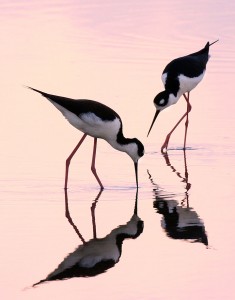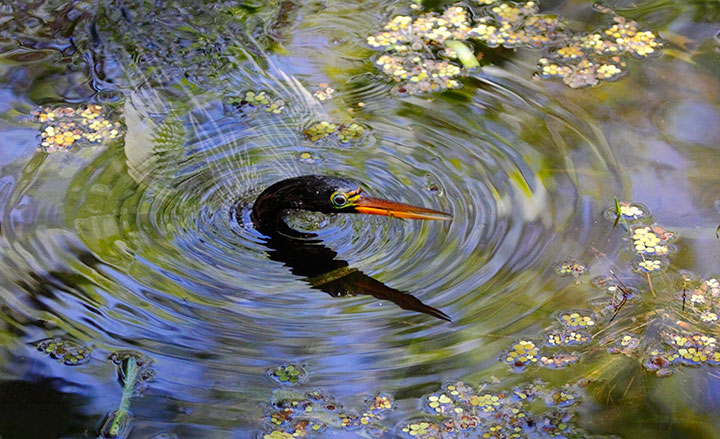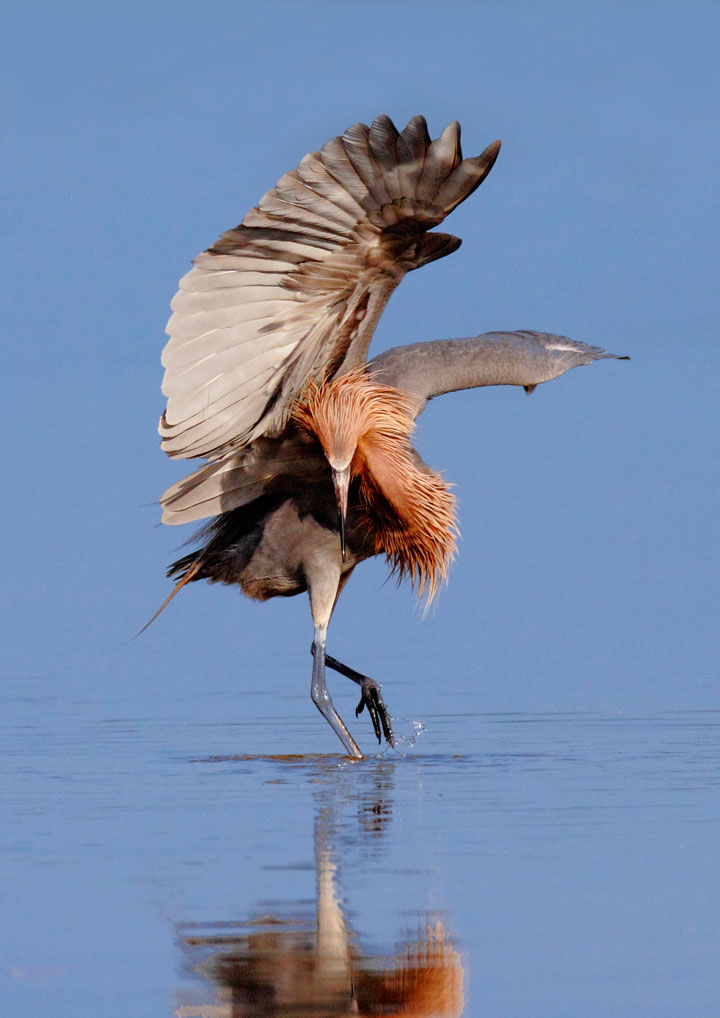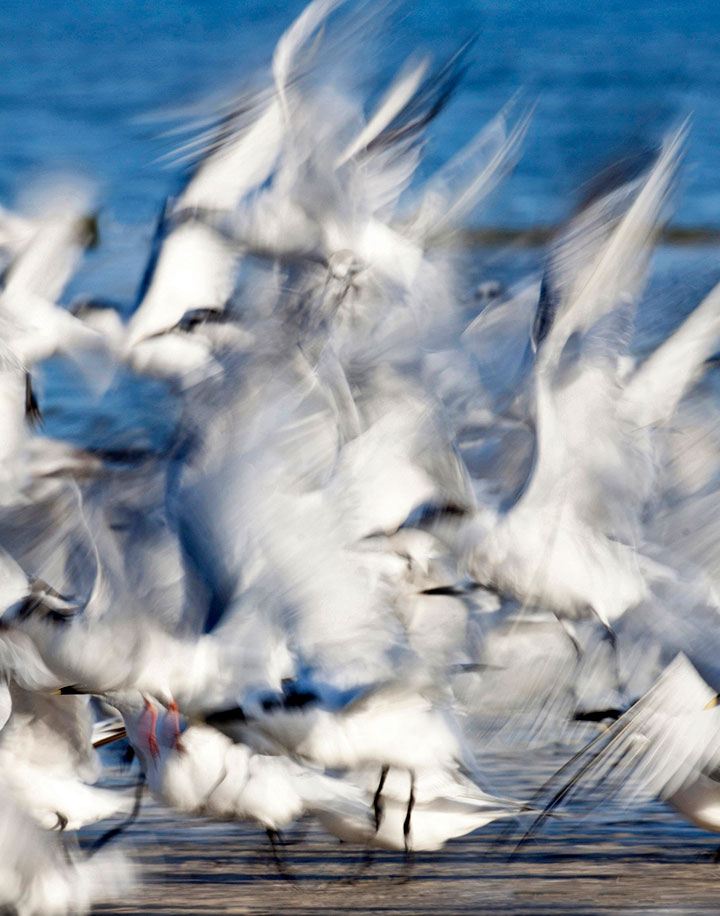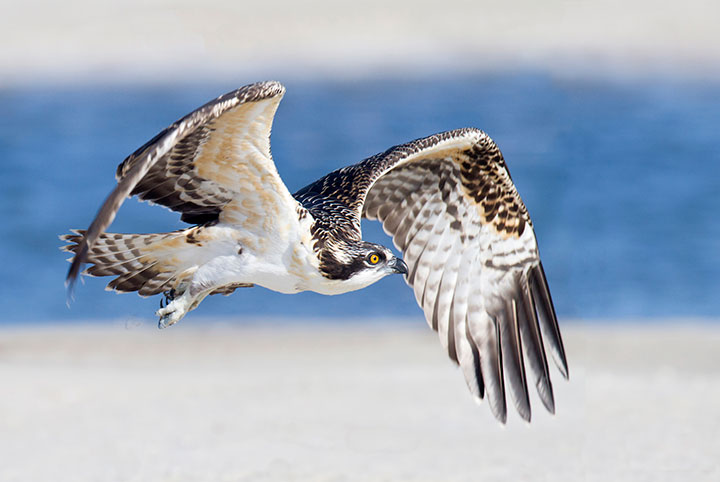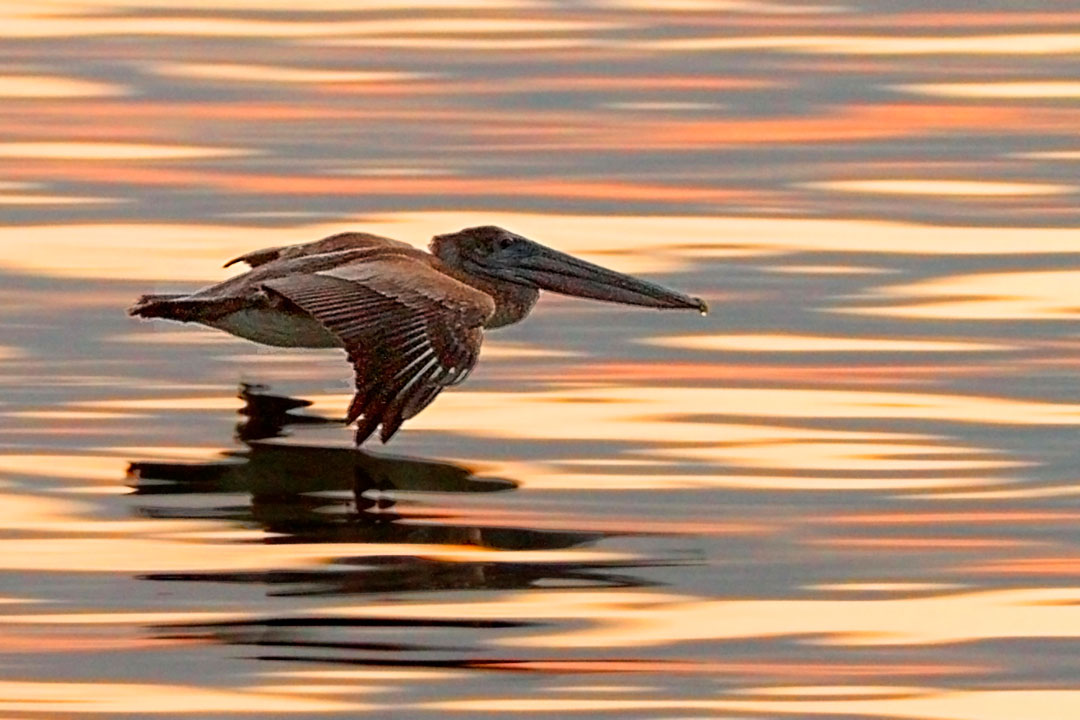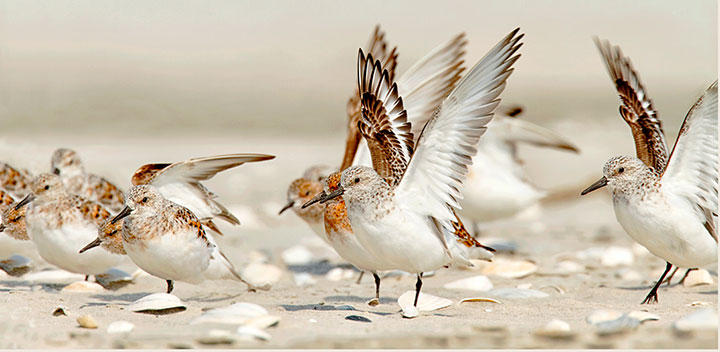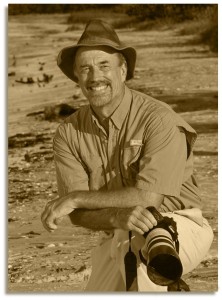Art, // July 21, 2014
Geoff Coe – PHOTOGRAPHER
Interview with photographer Geoff Coe —
1. Who are you and what do you do?
I’m a Southwest Florida-based wildlife photographer specializing in birds–specifically, bird images that show natural settings and behaviors. I photograph only wild birds, not birds in zoos or game preserves. I sell my art primarily at outdoor art festivals in Florida and along the Atlantic coast as far north as New Jersey. I have work in private collections in 47 states and a few foreign countries, and agency representation through Getty Images and a few local galleries and retail outlets here in Florida.
2. Why photography?
Because I suck at painting.
Seriously, in high school my art teacher and I had a chat. He said, “I know you’re not really interested in painting, but you do have an eye for color and composition. Some day, you might want to pick up a camera and see what you can do.” Of course, in the world of a 15-year-old what I took away from that conversation was, “I suck at painting.” But I remembered it a few years later, after I was starting to shoot for a living.
3. What is your earliest memory of wanting to be an photographer?
I was in graduate school for geology at Johns Hopkins, in Baltimore. I had to give a brief talk on a first-year grad student topic to the faculty, and he suggested that I take photos to accompany my talk. Not owning a camera or knowing a thing about photography, I broke into a flop sweat at the thought. But my best bud had a Minolta SLR and showed me how to use it. Then he took me in the darkroom to show me how to make prints, and when I saw the first image begin to appear in the developer, the hair stood up on the back of my neck. My geology career was pretty much over before it started.
The bird in this image is an Anhinga, a freshwater bird found along the south Atlantic and Gulf coasts of the US. Strong in flight, it is also well equipped to dive for fish. I was leading a tour group at a nature center when we heard splashing below our feet, under the boardwalk. Luckily, I had my camera along to capture a number of images as the bird alternately swam and walked through the shallow water in search of prey. One of the miracles of action photography is the camera’s ability to freeze a moment in time when things are happening so fast that the brain simply can’t process everything. The concentric ripples were caused by his head momentarily emerging from underwater. The blue is sky, reflected in the water. The brownish-green is mostly duckweed, floating ON the water. The greens are mostly refleciions of the forest canopy above us. And if you look closely at the diagonal thin white stripes in the upper left corner, you’ll see that those are the back of the bird.
4. How do you work and approach your subject?
Every situation is different, really. The comment I hear most often is: “You must really be patient!” My dad would laugh like hell if he could hear that! “Patience,” per se, is necessary to do this, but not sufficient. I tell my students that there are three aspects to bird photography: Being patient, knowing where to BE patient, and knowing what to do when your patience is about to be rewarded.
Every situation’s different, but in general I try to find great light, first. Then I find an appropriate or beautiful habitat within that light. When I begin “working the bird(s)”, I look for interactions: That might be how the bird interacts with other birds, with the task at hand (say, nest-building, finding food, or rearing chicks). Or the interaction might be with the light itself. Then there’s the technical mastery: Fully knowing how your camera and lenses work to help you frame the scene intelligently, expose it properly, and maybe in a way that isn’t the most obvious, or hasn’t already been done to death.
And finally–and this one gets overlooked by a surprising number of wildlife shooters–to work in a way that doesn’t harm the environment or the survival prospects of the birds. That means not harassing the birds, feeding them to get them to approach, damaging habitat to get to the nest, or behaving in a way that will cause nesting birds to fly off the nest, exposing eggs or hatchlings to heat or predators.
5. What are your favorite photographs, photographers?
When I started out I couldn’t get enough of Ansel Adams. Not just his aesthetic, which was ground-breaking and made a huge impact on environmental awareness, but the way in which he exhibited both technical mastery and profound artistry. Probably because I was trained in the sciences, I found his Zone System approach to exposure and black-and-white film development fascinating and useful, because it provided a more or less quantitative, repeatable approach to a subject that even today baffles the heck out of people. I still think in terms of Zones when I work, even in the full-color, digital world I work in. And when I moved to Washington DC, I was fortunate to know a lot of good shooters at The Washington Post, where I worked as a corporate communications editor. They were unfailingly generous to me, and taught me a lot about how to think like a photographer, tell a story, and work to a deadline.
I loved the work of early photojournalists and “street shooters”–the early LIFE Magazine staff, in particular. Margaret Bourke-White’s classic Depression-era image, “There’s No Way Like the American Way,” comes to mind regularly. And then there are all the Sports Illustrated photographers whose work inspired me every week. The list goes on and on…
As a bird photographer, I spend a lot of my time flat on my belly in wet sand, birds moving all around me. And it occurred to me that I’d never seen a photograph that depicted the chaos and frenzy of birds blasting off all around. So I decided to make one. The next morning I set up at a nearby beach that I knew was visited by large flocks of terns, which typically blast off a dozen or so times every morning in response to tidal changes on the sandbars. And I quickly found that the most direct approach–lying down in the middle and photographing the blastoff with a wide angle lens–wasn’t the most effective, because that lens exaggerated the space between birds. A longer telephoto lens, which compresses space from near to far, was the solution. Eventually, I wound up about 35 yards from the flock, using a supertelephoto lens to give me the effect I wanted. In addition, I needed to choose a shutter speed that would render the birds sharp enough to be recognizable as shorebirds, but still allow the motion to register as a blur. After that was solved, there was the problem of having random birds fly too close to me–“photobombing” the shot, as they say. It took five hours of shooting over three days, and hundreds of exposures, to find five that did the trick. This particular image literally jumped off the screen as I was editing. Still, I was nervous the first time I hung the finished canvas for display. I’m known for having tack-sharp images, and a part of me worried that my audience would disapprove of this one. I felt better when the canvas sold two hours after I hung it.
6. What are the best responses you have had to your work?
You mean, besides, “I’ll buy it!”???
I really appreciate it when folks tell me that my work has heightened their appreciation and understanding of birds and of nature. Or that they learned something new from viewing my work. Or even just that a particular image makes them smile.
7. What do you like about your work?
The opportunity to build a network comprised not just of patrons and clients, but of other photographers and artists, is just amazing. So much information is available through social networking, blogging, the internet, workshops, and so forth. There’s always something new to learn!
And yet there’s something really powerful and personal about the experience of being out in the field, and it’s just you, your camera, nature, and light–when the image you make, the story you tell, is all up to you. And when everything breaks just right–when preparation meets opportunity, and you come back with a bunch of killer images–that’s as good as it gets.
8. What advice would you give to other photographers?
Know your camera. Invest in the best equipment you can, especially the lenses. Develop a consistent philosophy or approach to your work. Be passionate. Work with people graciously, and be willing to learn from people who have gone there before you. Listen to career advice only from people who are where you want to be. And pay it forward.
9. Where do you see yourself in 5-10 years?
I’ll still be shooting. Maybe leaning on my tripod when I climb off the sandbar a little more heavily than I do now! There is always more ground to take professionally. I’m doing quite a bit of writing now online, and I’m publishing a yearly bird calendar. But I want to keep looking for opportunities to combine those skills by authoring magazine articles about nature photography and environmental issues. And a few more public speaking gigs on those subjects would be nice!
Geoff Coe is a Florida-based wildlife photographer, writer, and workshop leader.
Visit his website at www.wildimagesfla.com





